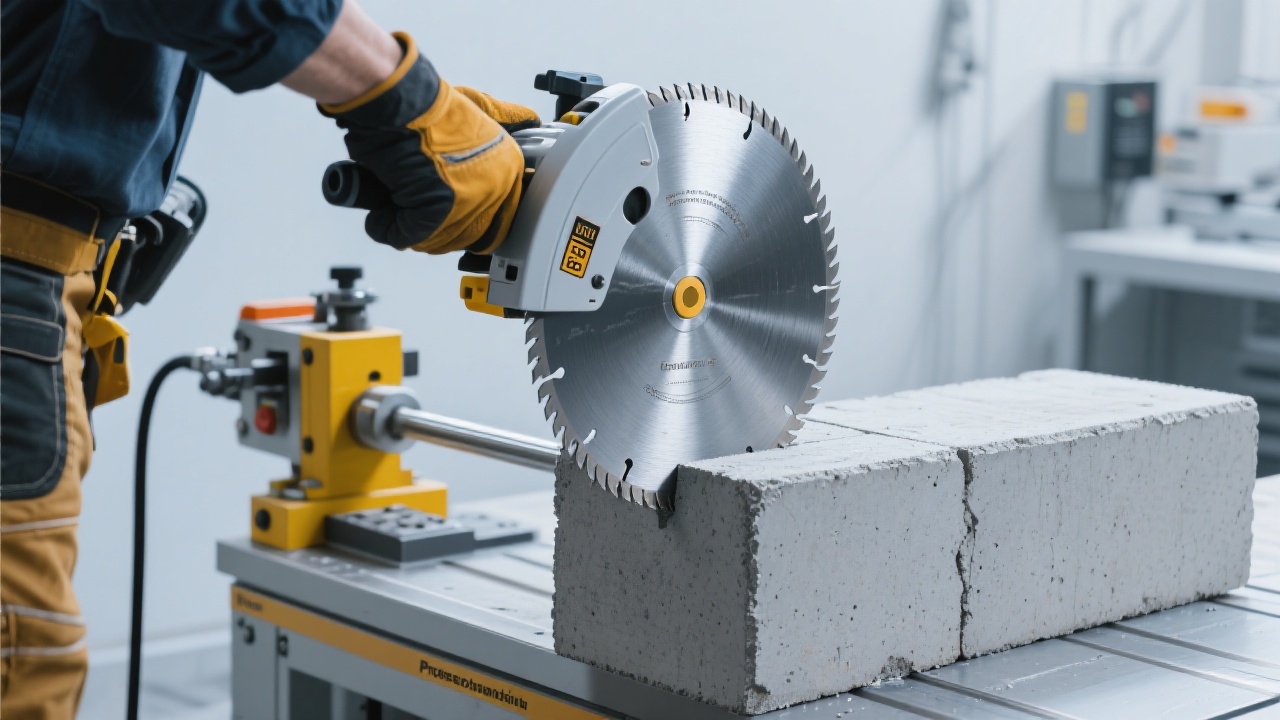
Brazed diamond grinding cups represent an innovative leap in abrasive technology, combining superior hardness with enhanced durability to meet the rigorous demands of metal and stone processing industries. This article explores the unique technological advantages of cup-shaped brazed diamond grinding tools, highlighting their outstanding performance across diverse materials such as gray cast iron, ductile iron, stainless steel, hard alloys, and natural stones.
The core of brazed diamond grinding cups lies in the fusion of ultra-hard diamond particles with a robust metallic bond via a brazing process. Unlike electroplated or resin bond abrasives, brazing allows a high concentration of diamond grit exposure, directly enhancing grinding efficiency and lifespan. The diamond grit size distribution (ranging from 30/40 to 80/100 mesh) is optimized for tailored surface finishes — finer grains for polishing stainless steel and coarser grains for rough grinding of hard alloys. Hard metal substrates guarantee exceptional stability under high-pressure applications, ensuring minimal deformation or vibration during operation.
| Property | Typical Value | Benefit |
|---|---|---|
| Diamond Concentration | 80–120 carats per 100g matrix | High material removal rate and surface quality |
| Bond Type | Metallic brazed alloy | Superior heat dissipation and wear resistance |
| Max Rotation Speed | Up to 12,000 RPM | Compatible with high-speed grinders |
1. Gray Cast Iron Grinding
A leading automotive parts manufacturer deployed brazed diamond grinding cups to machine complex gray cast iron components. Compared with conventional resin-bond grinding wheels, the brazed tools achieved a 30% faster material removal rate, reducing cycle time from 45 minutes to 30 minutes per part. Durability tests confirmed a lifespan increase of 2.5 times under identical operating conditions.
2. Stainless Steel Surface Finishing
Stainless steel processing plants faced challenges in maintaining surface smoothness without excessive heat buildup. Utilizing fine-grain brazed diamond cups, surface roughness was improved from Ra 0.8 μm to Ra 0.3 μm, sharpening final product quality while decreasing thermal distortions and work hardening effects.
3. Hard Alloy Component Grinding
In the precision tooling sector, brazed diamond grinding cups facilitated machining of tungsten carbide inserts with minimal edge chipping and a consistent surface finish. The anti-chipping design of brazed bonds archived prolonged tool life — usage duration extended by 40%, minimizing production downtime and scrap rates.
4. Stone Processing Efficiency
Natural stone fabricators incorporated brazed diamond cups into their shaping and smoothing processes. The hardness and abrasion resistance enabled efficient cutting of granite and marble, reducing workstation hazards by limiting dust generation through lower grinding durations.

The principle that “durability is not optional, but essential” underscores the brazed diamond grinding cup design philosophy. Field tests demonstrate an average lifespan of 12,000–15,000 square meters of processed surfaces before replacement, outperforming conventional grinding wheels by a factor of three. This longevity converts directly into cost savings and brand reliability.
Enhanced resistance to impact and thermal shock is engineered through optimized brazing metallurgy and reinforced structural supports. Several manufacturing clients reported zero incidence of tool failure or operator injury across 18 months of continuous use, reflecting the product’s high safety margins. Ergonomic design reduces vibration and operator fatigue, supporting longer productive shifts.
Recognizing varying operational needs, these grinding cups are available in multiple diameters (50mm to 150mm), shapes (flat, bowl, turbo), and diamond grit levels. This flexibility ensures compatibility with bench grinders, angle grinders, and CNC grinding machines.
Custom brazing patterns can be tailored to specific workpiece materials to balance cutting aggressiveness and finish quality. This bespoke approach is invaluable in addressing niche metal alloys or rare stone species, guaranteeing optimal productivity gains.
Feedback from industry leaders consistently highlights two core benefits: significant process time reductions and improved surface consistency. According to a recent survey, 78% of users noticed at least a 25% increase in throughput after switching to brazed diamond grinding cups, while 85% emphasized enhanced workplace safety.
These performance credentials position brazed diamond grinding cups as a strategic investment for businesses seeking to elevate manufacturing quality and operational efficiency. By integrating advanced abrasives technology, companies reaffirm their commitment to durable, efficient, and safe production environments.

